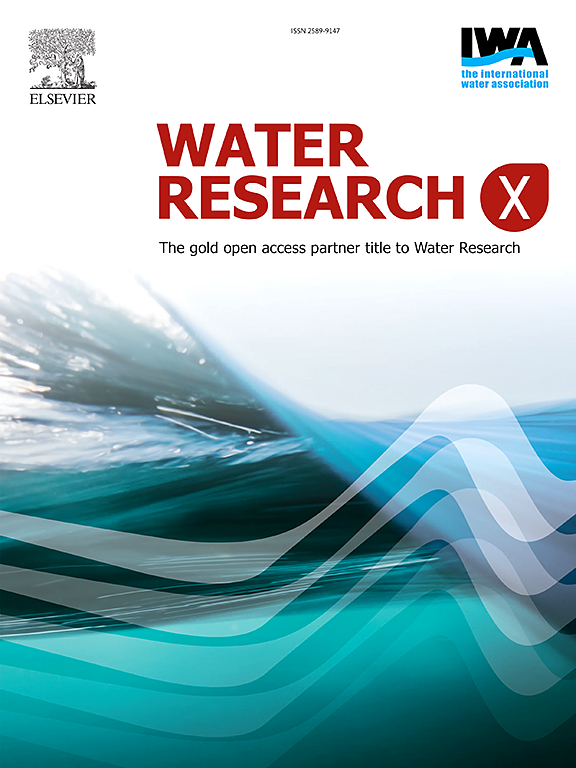水生环境中生物膜形成对聚苯乙烯微塑料吸附三氯生的影响
IF 8.2
2区 环境科学与生态学
Q1 ENGINEERING, ENVIRONMENTAL
引用次数: 0
摘要
水生环境中的微塑料很容易被微生物定植,形成生物膜,促进污染物和附着微生物的运输。我们研究了生物膜的形成对微塑料的物理化学性质的影响及其对有机污染物吸附的后续影响。通过比较原始PS (O-PS)、uv老化PS (A-PS)及其生物膜定殖的对应物(O-PSbio和A-PSbio),研究了三氯生(TCS)在聚苯乙烯(PS)微塑料上的吸附。结果表明,老化后PS对TCS的吸附率降低了45%,但对吸附量没有明显影响。PS生物膜对TCS的吸附率提高了100%,而吸附量下降了57%。基于16S rRNA分析,TCS的存在降低了生物膜微生物的多样性和丰富度,导致生物膜微生物的优势种发生变化。通过在实验室中准确评估有机污染物在微塑料生物膜上的吸附行为,本研究有助于更深入地了解微塑料与真实水环境中有机污染物之间的相互作用,并为TCS的影响以及有机污染物的综合风险提供见解。本文章由计算机程序翻译,如有差异,请以英文原文为准。
Effects of biofilm formation on triclosan adsorption by UV-aged and pristine polystyrene microplastics in aquatic environments
Microplastics in aquatic environments are readily colonised by microorganisms to form biofilms facilitating the transport of contaminants and attached microbes. We examine the impact of biofilm formation on the physicochemical properties of microplastics and its subsequent effects on the adsorption of organic pollutants. Here, the adsorption of triclosan (TCS) onto polystyrene (PS) microplastics was investigated by comparing pristine PS (O-PS), UV-aged PS (A-PS), and their biofilm-colonised counterparts (O-PSbio and A-PSbio). The results show that the adsorption rate of TCS by PS after aging decreased by 45 % without a significant effect on the adsorption capacity. The adsorption rate of TCS by the PS biofilm increased by 100 %, whereas the adsorption capacity decreased by 57 %. Based on 16S rRNA analysis, the diversity and richness of biofilm microorganisms were reduced in the presence of TCS, leading to a change in the dominant species of biofilm microorganisms. By accurately assessing the adsorption behaviour of organic contaminants on microplastic biofilms in the laboratory, this study contributes to a deeper understanding of the interactions between microplastics and organic contaminants in real aqueous environments and provides insights into the effects of TCS, as well as the integrated risk of organic contaminants.
求助全文
通过发布文献求助,成功后即可免费获取论文全文。
去求助
来源期刊

Water Research X
Environmental Science-Water Science and Technology
CiteScore
12.30
自引率
1.30%
发文量
19
期刊介绍:
Water Research X is a sister journal of Water Research, which follows a Gold Open Access model. It focuses on publishing concise, letter-style research papers, visionary perspectives and editorials, as well as mini-reviews on emerging topics. The Journal invites contributions from researchers worldwide on various aspects of the science and technology related to the human impact on the water cycle, water quality, and its global management.
 求助内容:
求助内容: 应助结果提醒方式:
应助结果提醒方式:


